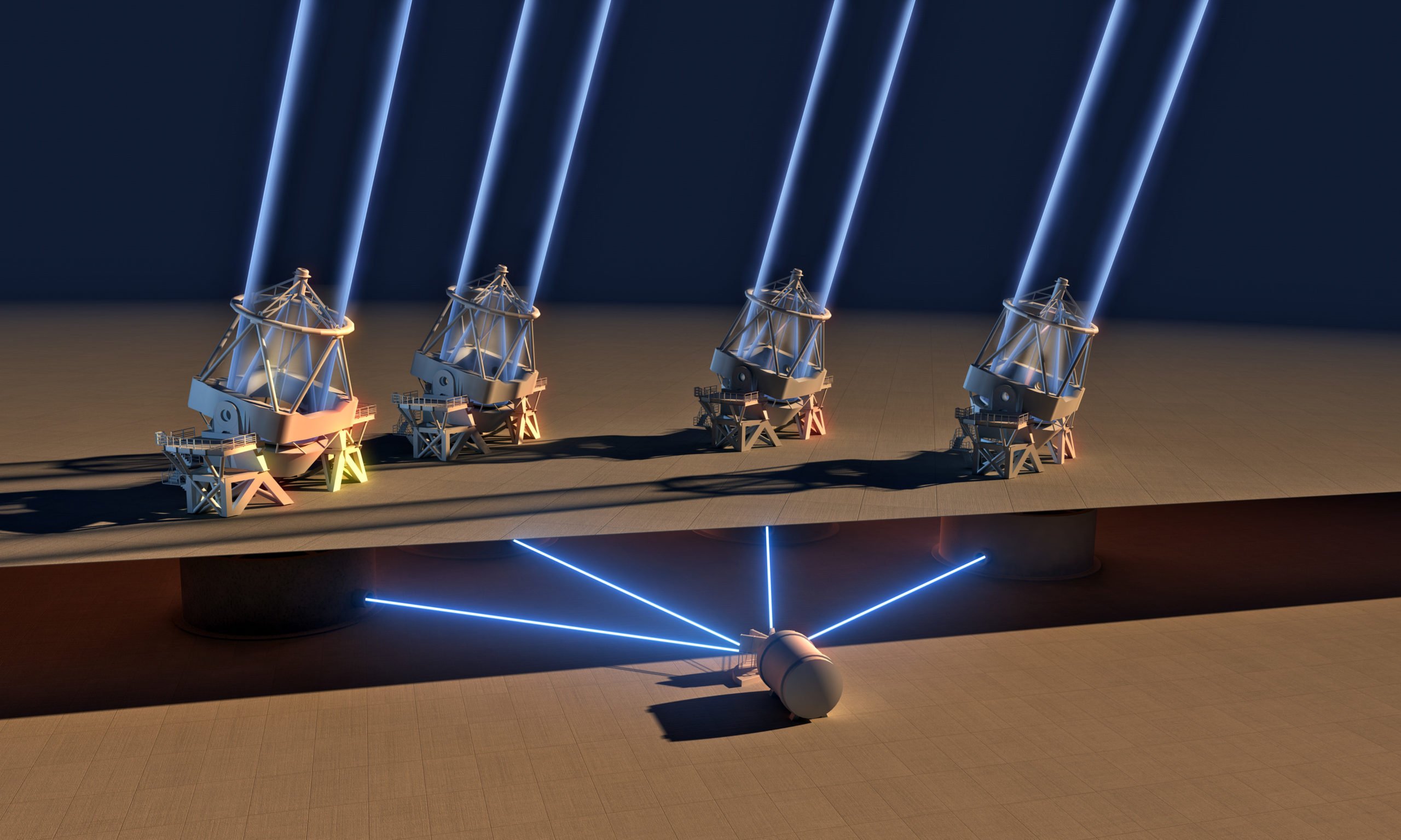© 2000-2025 - Enkey Magazine - All rights reserved
ENKEY SNC - VAT ID IT03202450924 / REA Code CA253701 - Phone. 078162719
Scientists have christened it Wasp-76b, and it may very well be one of the most intriguing astrophysical discoveries of the last few years. This planet sounds like something right out of an old-school sci-fi novel – but it’s actually orbiting at a “mere” 640 light years from us.
The interest of researchers and astronomers was piqued by Wasp-76b’s unique atmospheric conditions. Indeed, the gaseous planet is regularly swept by scorching rains made not of water – but rather of melted iron.
The curious phenomenon raised many questions among scientists all over the world, on top of opening a brand new scenario for science fiction. But where does the heavy iron dosage in Wasp-76b’s rain come from and how did such strange atmospheric conditions ever came to be? Let’s find out.
Wasp-76b, a gaseous giant in the Pisces constellation
Planets like Wasp-76b are known as “hot Jupiters”, and their core temperature seldom drops below 1500 degrees Celsius.
The iron-swept planet is much similar to our Jupiter in size, atmospheric differences notwithstanding. Wasp-76b is located in the Pisces constellation, orbiting around a star that is far warmer and larger than our Sun.

According to scientists, its core temperature should be way above 2400 degrees Celsius, making its wind currents nothing short of blazing. However, this holds true only for the side of Wasp-76b that’s exposed to sunlight, as the planet rotates in sync with its star and, thus, always faces it on the self same side – much like our Moon.
Wasp-76b is a gaseous giant whose orbital period takes a little less than two days to conclude – opposed to the 365 days of Earth’s orbital period.
Hot night swept by melted iron
Like we’ve seen, however, the most peculiar thing about this planet may very well be its atmospheric conditions.
Wasp-76b’s surface is engulfed in torrid winds during the day – but don’t be mistaken; it doesn’t get any cooler come the night.
Temperate excursion often results in melted metal – especially iron – rains. Metals are known to melt and evaporate in such extreme heats, quickly turning into atoms.

During the day, said atoms are swept toward the dark side of the planet – that would be the side that is never facing the warmth of its star.
Thus, rain can really only pour at night, as metals condensate anew into melted, hot liquid droplets.
ESPRESSO and the secrets of Wasp-76b
Wasp-76b’s existence has long been known to scientists; the planet was first identified way back into the early 2000’s.
In March 2020, however, an international team of astronomers from the National Institute of Astrophysics (INAF) and the European Southern Observatory (ESO) published the astonishing results of their space-faring investigations.
Wasp-76b’s atmospheric chemistry could be researched in no small measure owing to ESO’s Very Large Telescope, and especially its state of the art equipment. Particularly the spectographe ESPRESSO – which despite its name has really nothing to do with coffee.

The acronym ESPRESSO stands for Echelle SPectograph for Rocky Exoplanets and Stable Spectroscopic Observations. Developed by Spanish, Chileans, Portoguese, Swiss and Italian researchers, this wide-range instrument is used to research an investigate planets that may bear more than a passing resemblance with Earth – orbiting around stars akin to our very own Sun.
However, ESPRESSO turned out to be unexpectedly useful in the research of the chemical reactions regulating planets with extreme conditions, of which Wasp-76b may only be the first.
Professor David Ehrenreich of the Geneva University claimed that ESPRESSO’s contribution to the Wasp-76b analysis has indeed paved the way to “a new way to track the climate” on planets that differ wholly from Earth. According to ESO instrumental scientist Pedro Figueira, ESPRESSO is a “privileged machine for the study and research of atmospheres”.
This post is also available in:
 Italiano
Italiano


